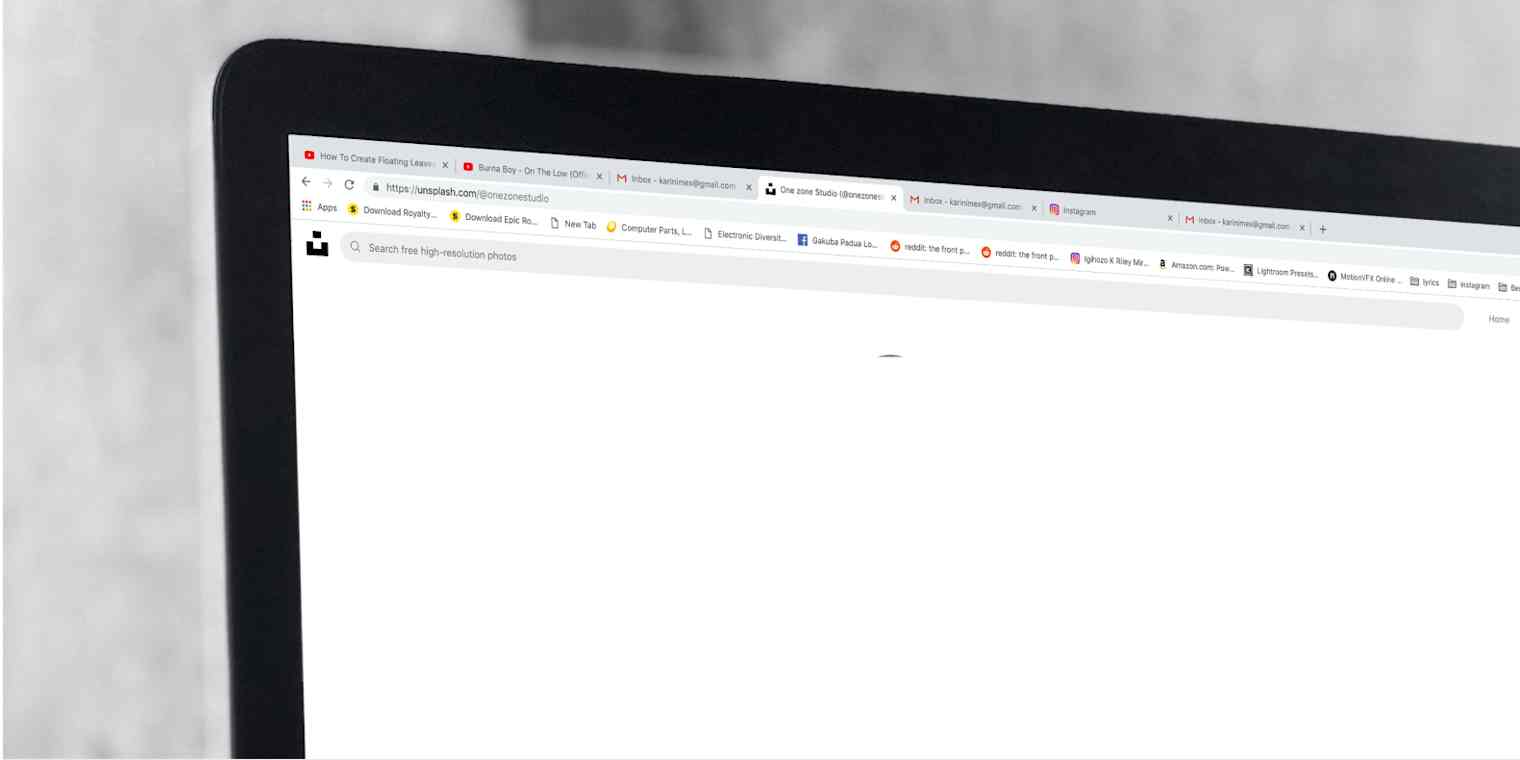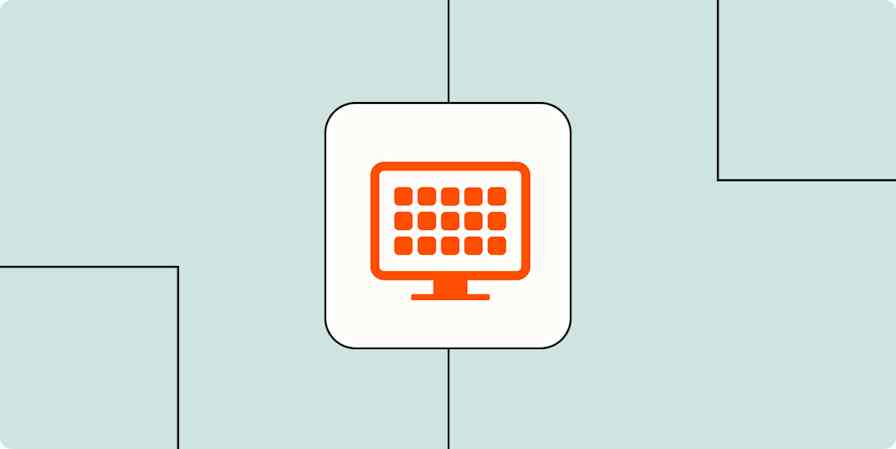App tips
4 min readWhat is a cache? And why does clearing it fix things?
By Justin Pot · June 30, 2023

Get productivity tips delivered straight to your inbox
We’ll email you 1-3 times per week—and never share your information.
Related articles
Improve your productivity automatically. Use Zapier to get your apps working together.






